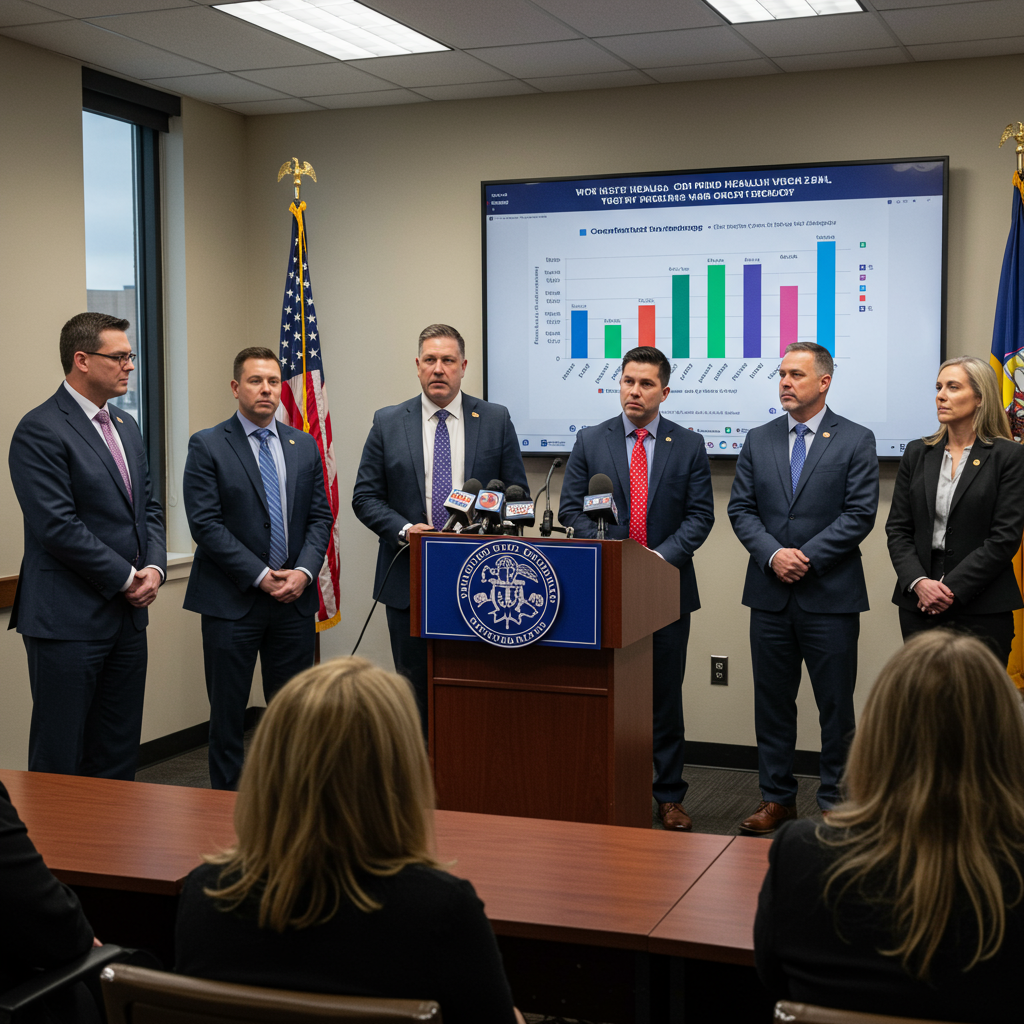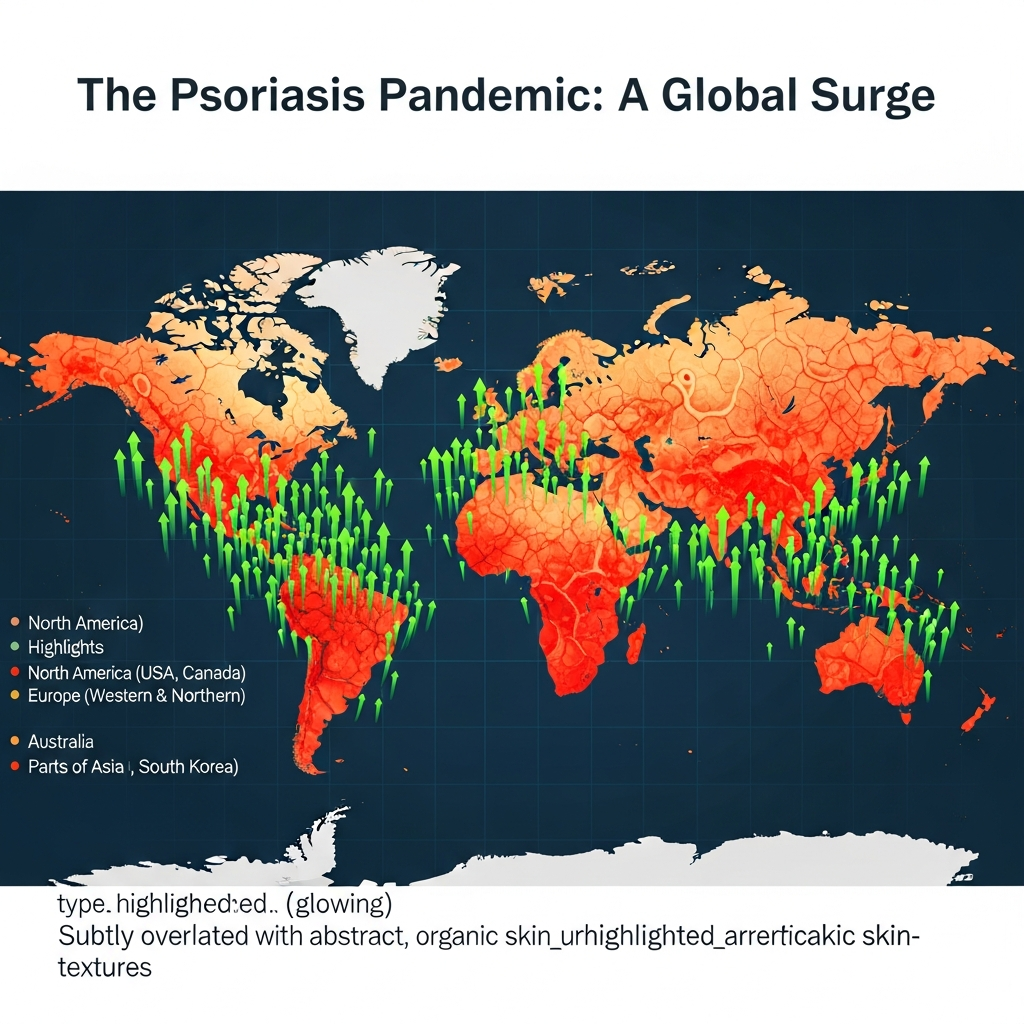wyoming health officials have announced a significant public health development: the first confirmed case of measles in the state in 15 years. The highly contagious illness was identified in an unvaccinated child in Natrona County, impacting the Casper area. This rare occurrence has prompted immediate action from health authorities to prevent potential spread and alert the community.
The discovery underscores the continued importance of vaccination in protecting against preventable diseases. Officials are tracking potential exposures and providing crucial guidance to residents. Understanding the risks and preventative steps is vital following this confirmation.
Breaking Down the Confirmed Case
The Wyoming Department of Health (WDH) has officially confirmed a single case of measles in a resident of Natrona County. This marks a notable end to a 15-year period without documented measles infections within the state’s borders; the last reported case was in 2010.
The individual diagnosed is an unvaccinated child. Health officials are currently working to determine how the child contracted the virus. Investigations into the source of infection are ongoing to help understand the potential scope of exposure.
Potential Exposure Alerts: What You Need to Know
As part of their investigation, health authorities have identified specific locations and times where the infectious individual was present. This information is critical for notifying potentially exposed people. The potential exposure sites are focused on a single location in Casper.
The child was in the emergency department waiting room at Banner Wyoming Medical Center in Casper on two separate occasions. The first was on June 24 from 11 a.m. to 1 p.m. The second identified exposure time was on June 25 from 12:55 p.m. to 2:55 p.m. The WDH is actively collaborating with Banner Wyoming Medical Center. Their joint efforts aim to identify and directly contact individuals who may have been in the waiting room during these precise timeframes. This notification process is designed to inform those at potential risk.
Understanding Measles: Symptoms and Risks
Measles is widely recognized as one of the most contagious diseases known. It spreads easily through the air when an infected person coughs or sneezes. Tiny respiratory droplets containing the virus can linger in the air for up to two hours after the person leaves an area.
Initial symptoms typically develop about seven to 21 days after exposure. They often begin subtly, resembling a common cold or flu. Key early signs include:
High fever
Cough
Runny nose
Red, watery eyes (conjunctivitis)
Several days after these initial symptoms, the characteristic measles rash appears. This rash usually starts as flat, red spots on the face, often near the hairline. It then spreads downwards over the rest of the body. Measles can lead to serious complications in some individuals. These potential issues include pneumonia, encephalitis (brain swelling), and even death, particularly in young children, pregnant women, and those with compromised immune systems. Its high rate of transmission makes prompt identification and prevention crucial.
Protecting Yourself and the Community: The Power of Vaccination
The most effective tool available to prevent measles is vaccination. The Measles, Mumps, and Rubella (MMR) vaccine is proven to be both safe and highly effective. Public health officials universally recommend that all eligible individuals receive the MMR vaccine series.
Wyoming State Health Officer Dr. Alexia Harrist emphasized the vaccine’s importance. She stated that while measles is extremely contagious, it is also preventable. Dr. Harrist highlighted the MMR vaccine as safe and effective, providing long-lasting protection against the illness. Two doses of the MMR vaccine are estimated to be approximately 97% effective in preventing measles infection.
For individuals who may have been potentially exposed, getting the MMR vaccine within 72 hours of exposure might still prevent the disease or make it less severe. Generally, people who have received two doses of the MMR vaccine or who were born before 1957 are considered immune. The WDH recommends ensuring everyone in the community, especially children, is up-to-date on their MMR vaccinations.
Public Health Guidance Following Potential Exposure
For anyone who was at the Banner Wyoming Medical Center emergency department waiting room during the specified exposure times, public health officials have issued clear guidance. It is strongly recommended to monitor yourself for measles symptoms for a full 21 days following your last date of potential exposure. This 21-day window covers the typical incubation period for the virus.
During this monitoring period, you should also consider limiting your exposure to crowded public settings. Avoiding high-risk environments such as daycare centers or schools is particularly important. If you develop any symptoms consistent with measles, or if you have concerns about potential exposure, it is vital to contact your healthcare provider immediately. However, call your doctor’s office or an urgent care center by phone BEFORE visiting in person. This critical step helps prevent the potential spread of measles to others in the waiting room or clinic. Healthcare providers can make necessary arrangements to evaluate you safely.
A Look at the Broader Picture: Measles Trends and Herd Immunity
The appearance of measles in Wyoming aligns with a concerning trend of rising cases across the United States. Public health experts rely heavily on “herd immunity” to control the spread of highly contagious diseases like measles. The Centers for Disease Control and Prevention (CDC) explains that herd immunity occurs when a sufficiently high percentage of the population is immune, making it difficult for the disease to spread from person to person. For measles, this typically requires a vaccination rate of about 95% within a community.
Gaps in vaccination coverage, whether due to individual choice or other factors, can lower herd immunity thresholds. This makes communities more vulnerable to outbreaks when the virus is introduced. For instance, earlier this year, neighboring Montana reported five measles cases in Gallatin County, marking the state’s first cases since 1990. These cases also involved unvaccinated individuals and were linked to travel, illustrating how the virus can re-enter populations with insufficient immunity.
Wyoming state law already requires the MMR vaccine for children attending public or private schools and licensed childcare facilities. This mandatory vaccination policy contributes significantly to building community protection. The WDH does not recommend measles booster shots for individuals who have already received the standard two doses and are considered fully vaccinated.
Frequently Asked Questions
What are the main symptoms to watch for if I think I was exposed to measles?
If you believe you were exposed to measles, monitor yourself for symptoms for 21 days. Watch for early signs like a high fever, cough, runny nose, and red eyes. These are typically followed a few days later by the distinctive measles rash, which starts on the face before spreading down the body.
Where exactly were the potential measles exposure sites identified in Casper?
The Wyoming Department of Health has identified the emergency department waiting room at Banner Wyoming Medical Center in Casper as the potential public exposure location. This occurred specifically on June 24 from 11 a.m. to 1 p.m. and again on June 25 from 12:55 p.m. to 2:55 p.m.
What is the recommended course of action if I was at one of the potential exposure sites?
If you were present at Banner Wyoming Medical Center ED waiting room during the specified times, you should monitor for symptoms for 21 days. Avoid crowded areas, especially daycares. If symptoms appear or you are concerned, call your doctor or urgent care center first before going there in person. Ensuring you and your family are vaccinated is strongly encouraged.
Conclusion
The confirmation of Wyoming’s first measles case in 15 years, located in Casper’s Natrona County, is a stark reminder that highly contagious diseases like measles still pose a threat. While health officials are taking swift action to notify those potentially exposed at Banner Wyoming Medical Center, the long-term defense against measles rests with high vaccination rates. The MMR vaccine remains a safe, effective, and essential tool in preventing illness and protecting the wider community. By understanding the symptoms, adhering to public health guidance, and prioritizing vaccination, Wyoming residents can help contain this case and prevent the possibility of future outbreaks. Staying informed and taking preventative steps are key to maintaining public health.




